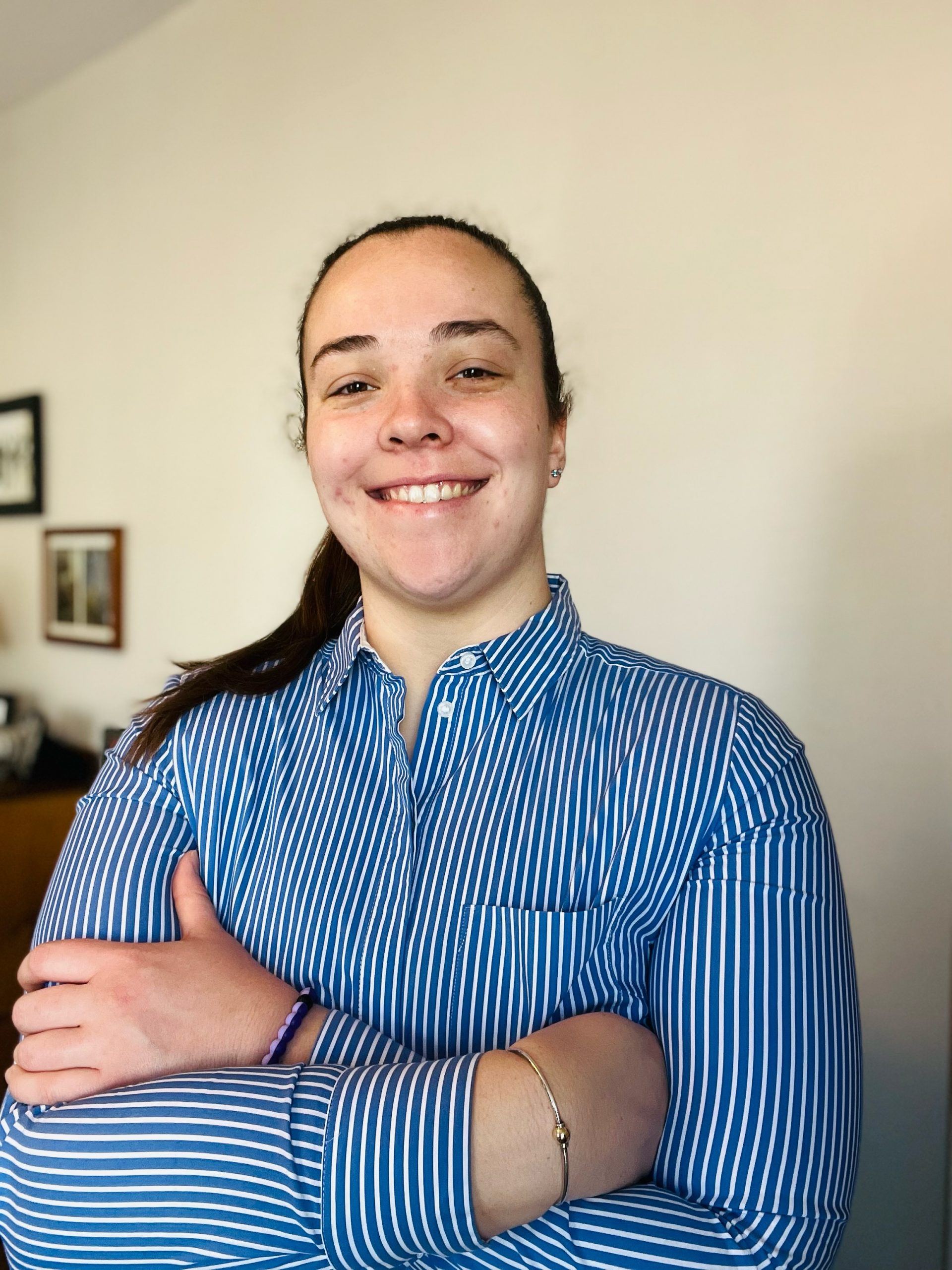As we forge through the dark, long days of winter, many older Americans feel increasingly lonely and isolated.
About one third of older adults reported being socially isolated in 2023, while nearly 40% reported a lack of companionship. They spent more than half of their waking hours alone each day, even more for older adults who live alone.
Loneliness and social isolation aren’t just “bad feelings.” Recognized in a 2023 Surgeon General report as threats to our mental and physical health, they contribute to conditions like high blood pressure, obesity, and Alzheimer’s disease.
Common suggestions to combat loneliness and social isolation include visiting with friends, video calling with family, or consulting a doctor. While these can be effective, we must also tackle the systemic issues that brought us to the doorstep of the loneliness epidemic in the first place.
Individualism has Killed Connection
First is the American ideal of individualism. This concept centers on self-reliance and the protection of personal freedoms. We internalize individualism from a young age: Teenagers report valuing personal success over caring for others. It played a huge role in the COVID-19 pandemic as well, fueling widespread rebuke by many against communal public health recommendations like masking.
We’ve started to view aging through the lens of individualism. Research suggests that we respect older adults more when they’re perceived as competent and self-reliant. In other words, we value them when they can take care of themselves, by themselves.
Older adults may also internalize the importance of self-reliance and freedom. Internalized ageism creates a cycle in which older Americans expect to be seen as a burden or don’t feel worthy of connection.
We Don’t Want to Volunteer Anymore
Our cultural emphasis on self has contributed to a decrease in volunteering, which can have significant impacts on older adults’ health. Older adults benefit greatly from the help of others, but they also reap benefits from volunteering themselves. Lately, the disinterest in volunteering across the country has been noticeable.
From September 2020 to September 2021, 23% of Americans formally volunteered. This is down from 29% in the early 2000s. Americans report disinterest in volunteering because they feel that they don’t have time, the roles aren’t interesting, or no one asked them to do it.
When fewer Americans volunteer for positions like hot meal delivery for aging neighbors, social isolation and loneliness increase. For example, forty percent of Meals on Wheels recipients say that they would have very little contact with the outside world without home meal delivery.
For older adults themselves, volunteering is a hugely beneficial activity. It has been directly associated with decreased loneliness, as well as improved physical and cognitive functioning.
While over 22 million Baby Boomers volunteered in 2018, older Americans are volunteering less. Research suggests this could be due to deteriorating health or a lack of training and institutional support. Others attribute this decline to the COVID-19 pandemic and a national shutdown of activity, as well as risk of infection for older adults.
Housing is a Crisis for Loneliness and Isolation, Too
While the divestment from volunteering is concerning, the housing crisis is catastrophic for older adults seeking connection and support.
In recent decades, many older adults have been forced to move to other areas of the country where housing prices are lower, cutting off lifelong social connections. Others may experience homelessness or depression and anxiety – all outcomes of a housing crisis in America.
Research shows that three quarters of renters aged 65 years and older spend half of their income on housing alone. Half of older home owners do the same, and many are currently stuck in homes that don’t serve their needs because they can’t afford to downsize. Plus, only a quarter of America’s housing inventory even meets accessibility standards for aging residents, such as no-step entry and hallways large enough to accommodate wheelchairs.
Solutions Are Available
We can’t immediately eliminate loneliness and social isolation but there are available solutions to make older adults feel more connected.
The United States would do well to emulate other countries’ efforts to promote volunteering and increase funding for volunteer initiatives. Some countries are even considering incentives like tax discounts for those who volunteer.
In addition to addressing the cost of living and remaining in one’s family home, we should also create more affordable housing for older adults. There are innovative local government solutions available, like zoning for in-law units or accessory dwelling units. Grants to promote accessibility modifications are affordable and popular as well.
Older adults increasingly face social isolation and loneliness as winter begins, exacerbated by systemic problems like individualism and a decrease in volunteers and appropriate housing. It’s time we use the tools we have available, like volunteer incentives and affordable housing solutions, to better connect aging Americans with their communities.


